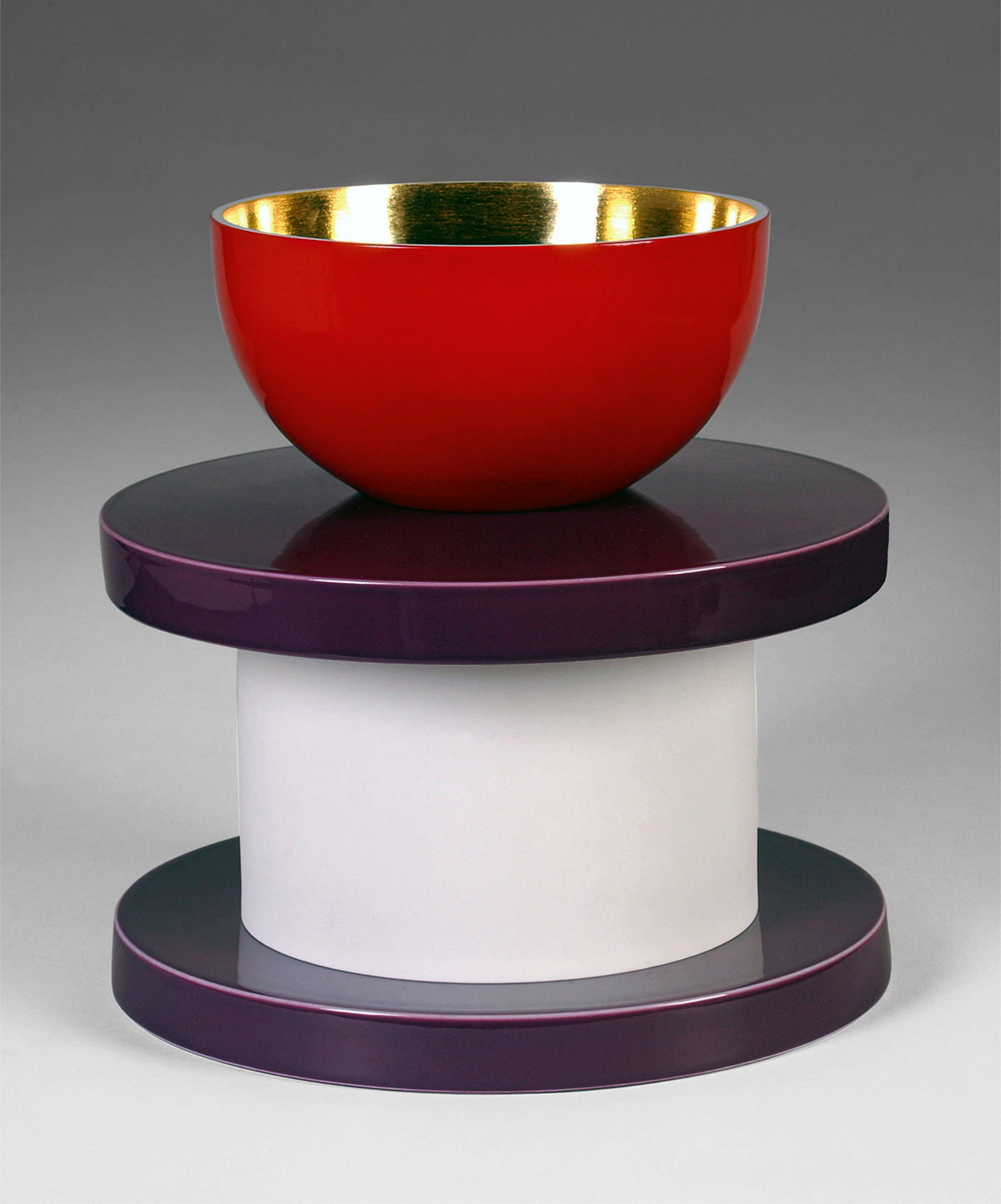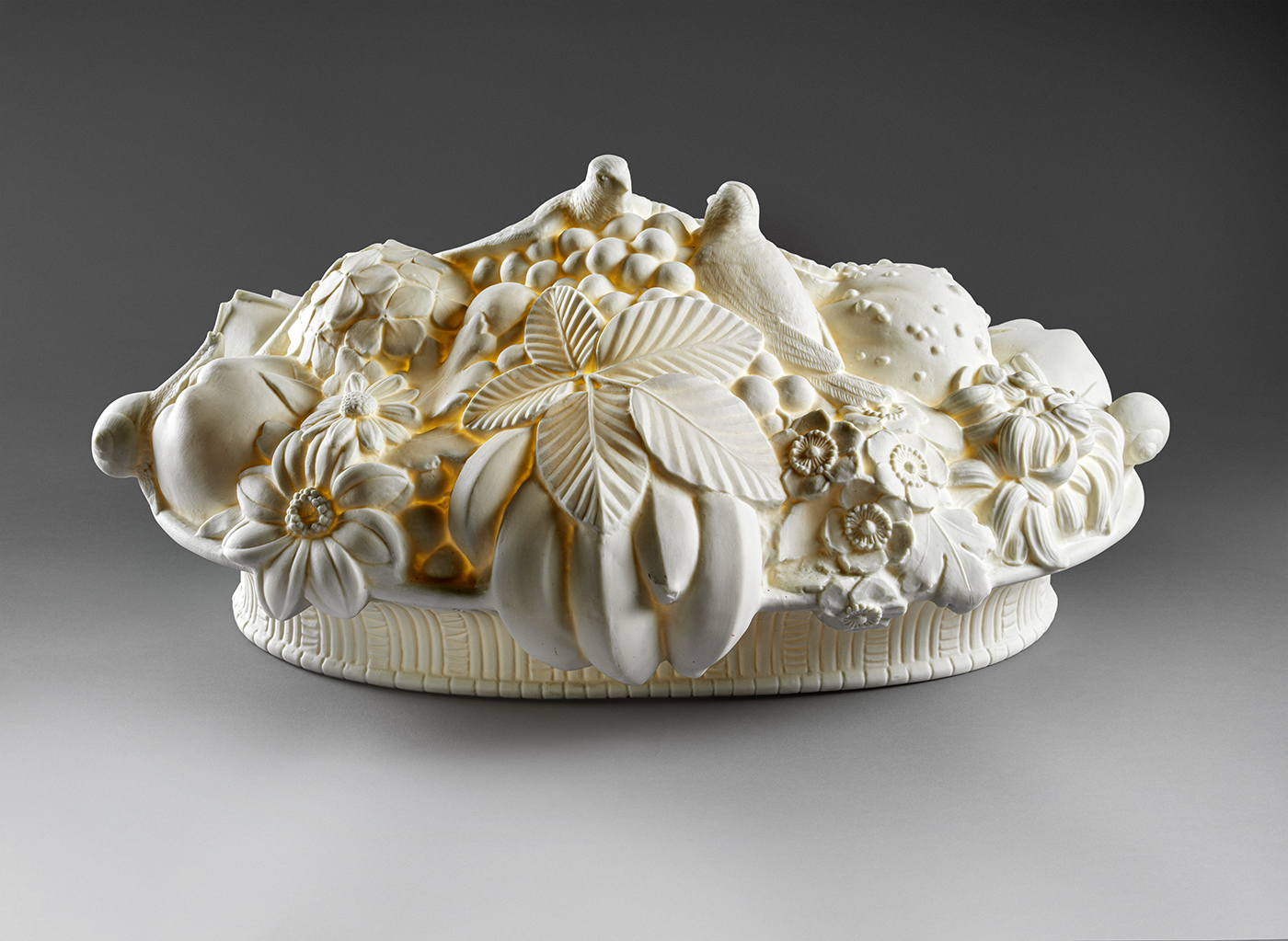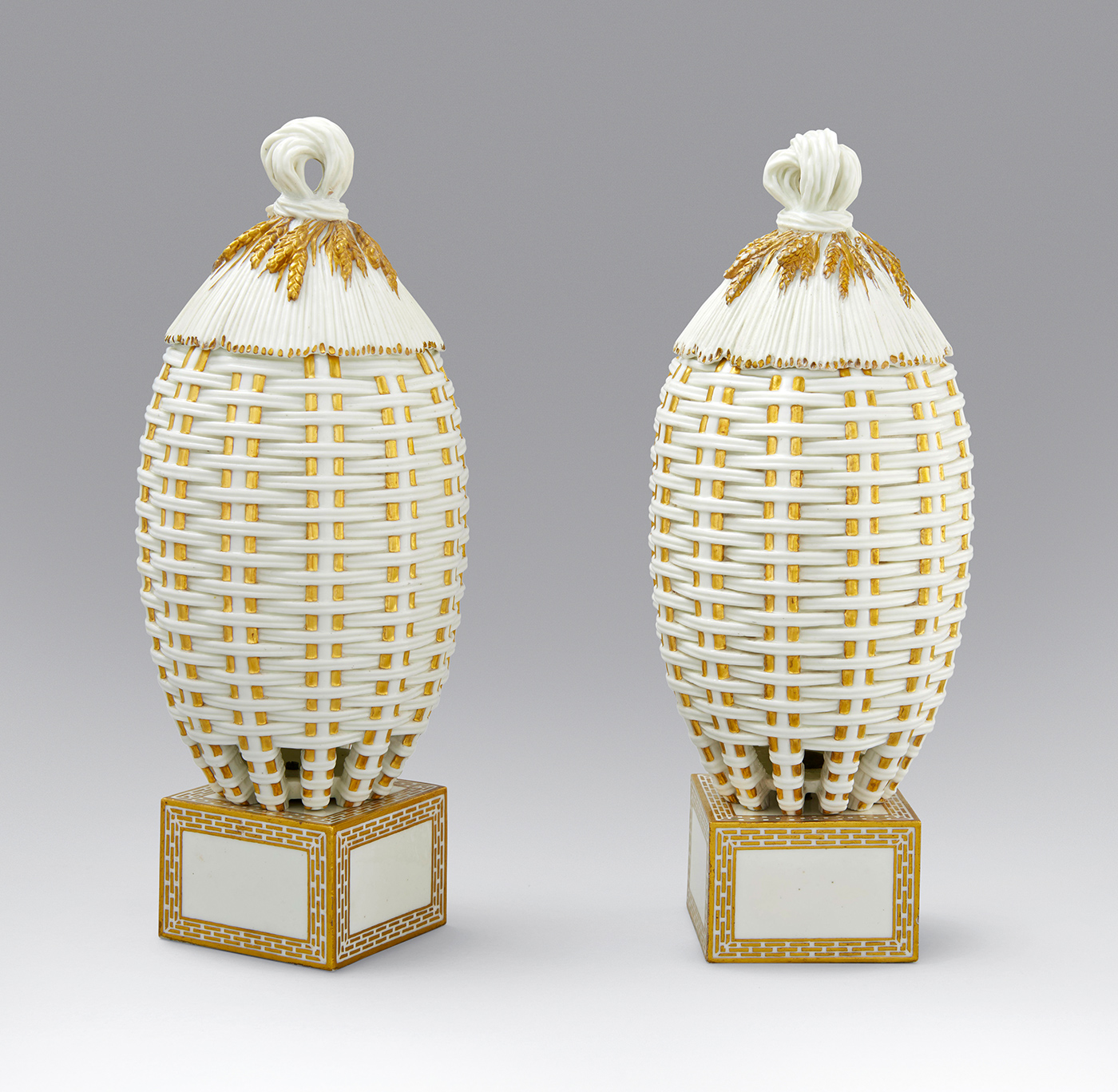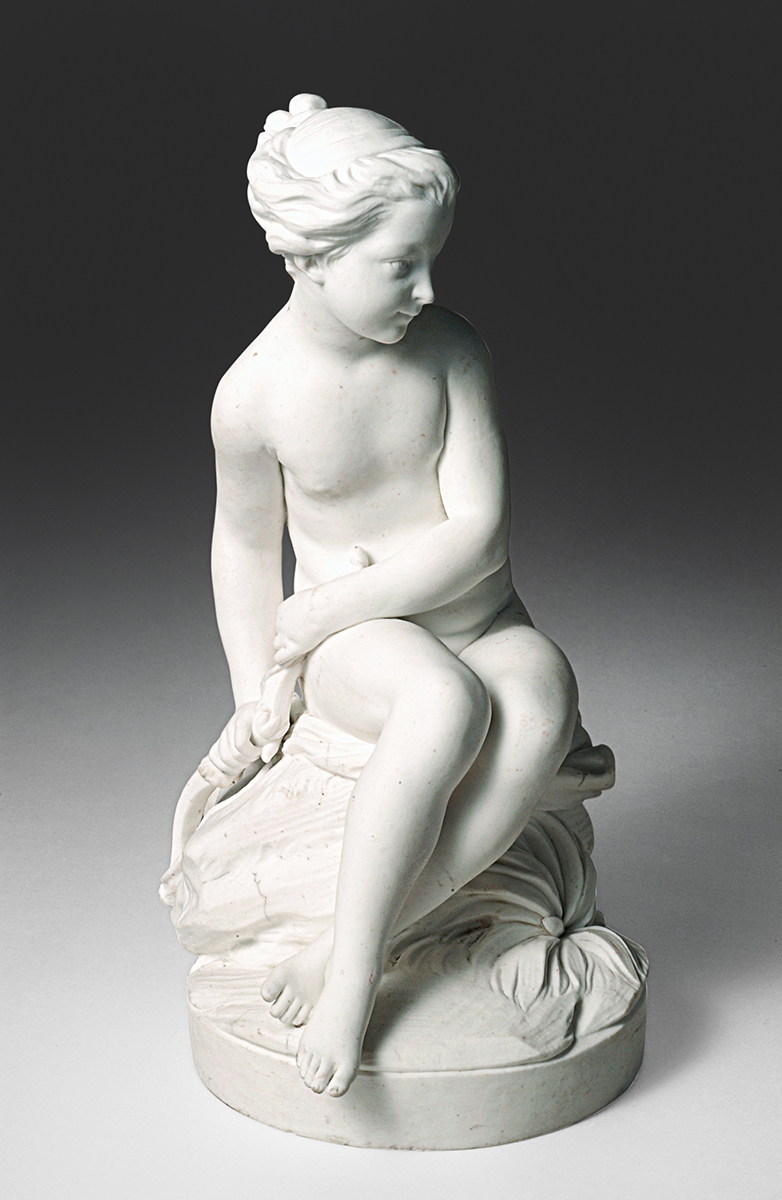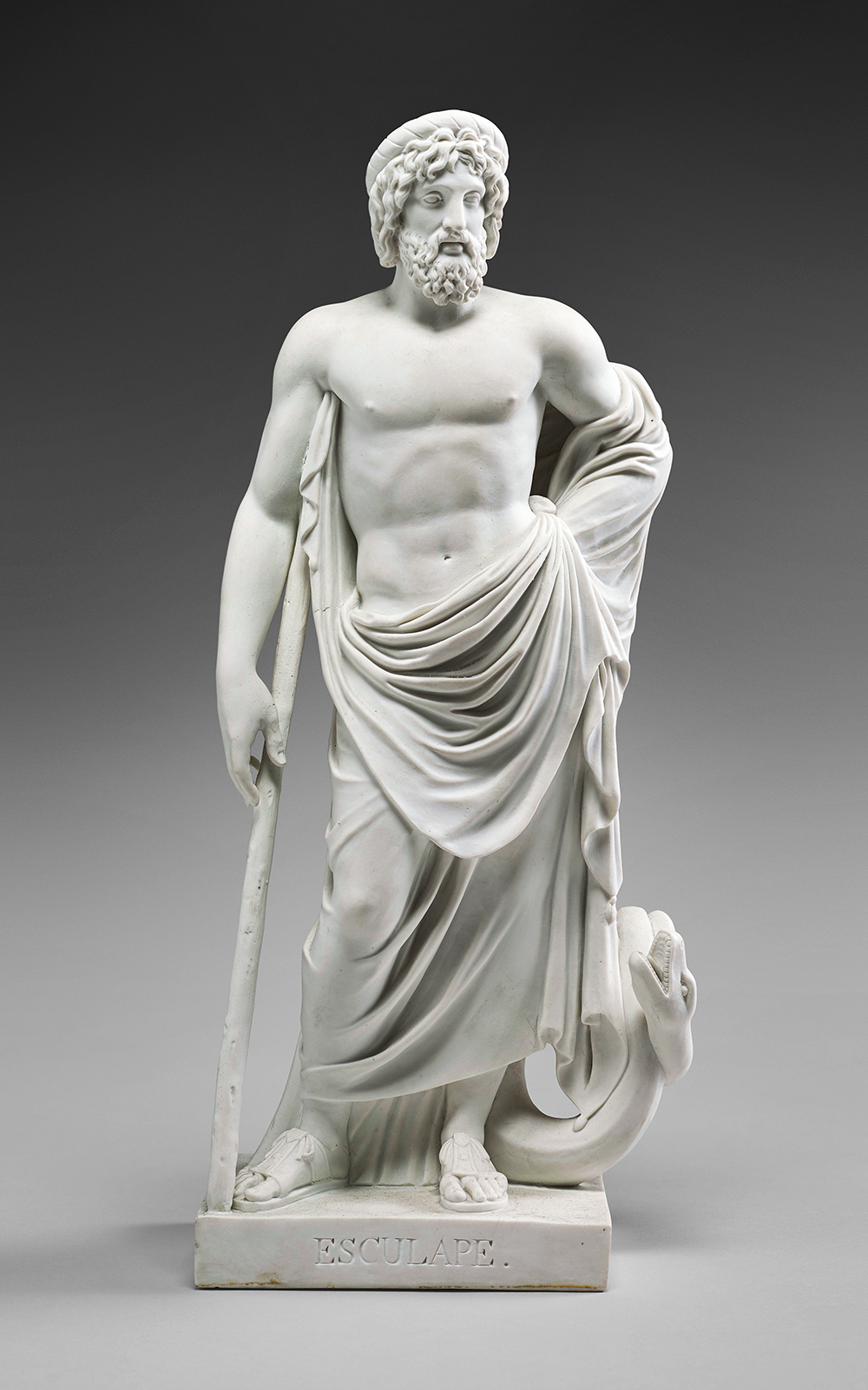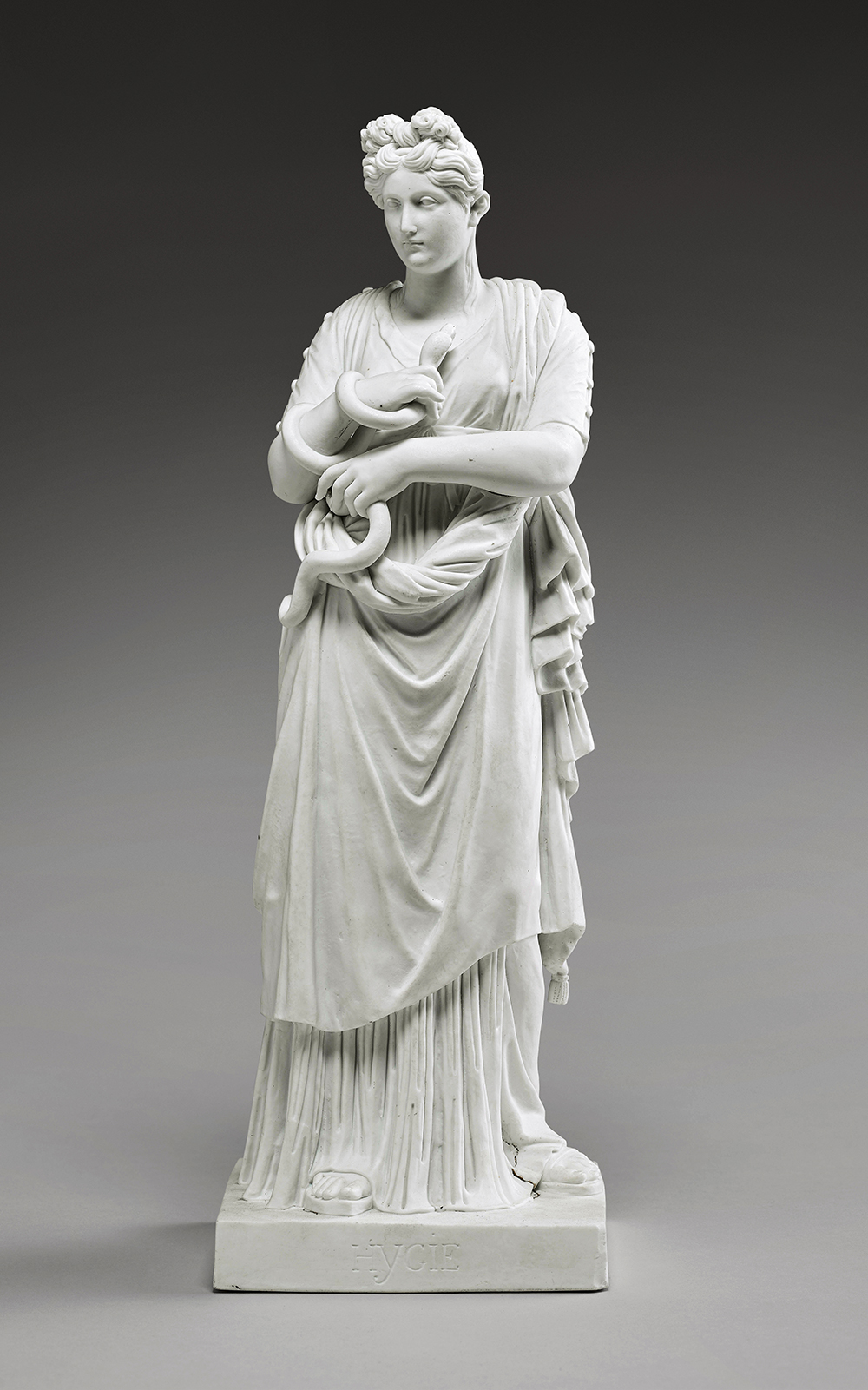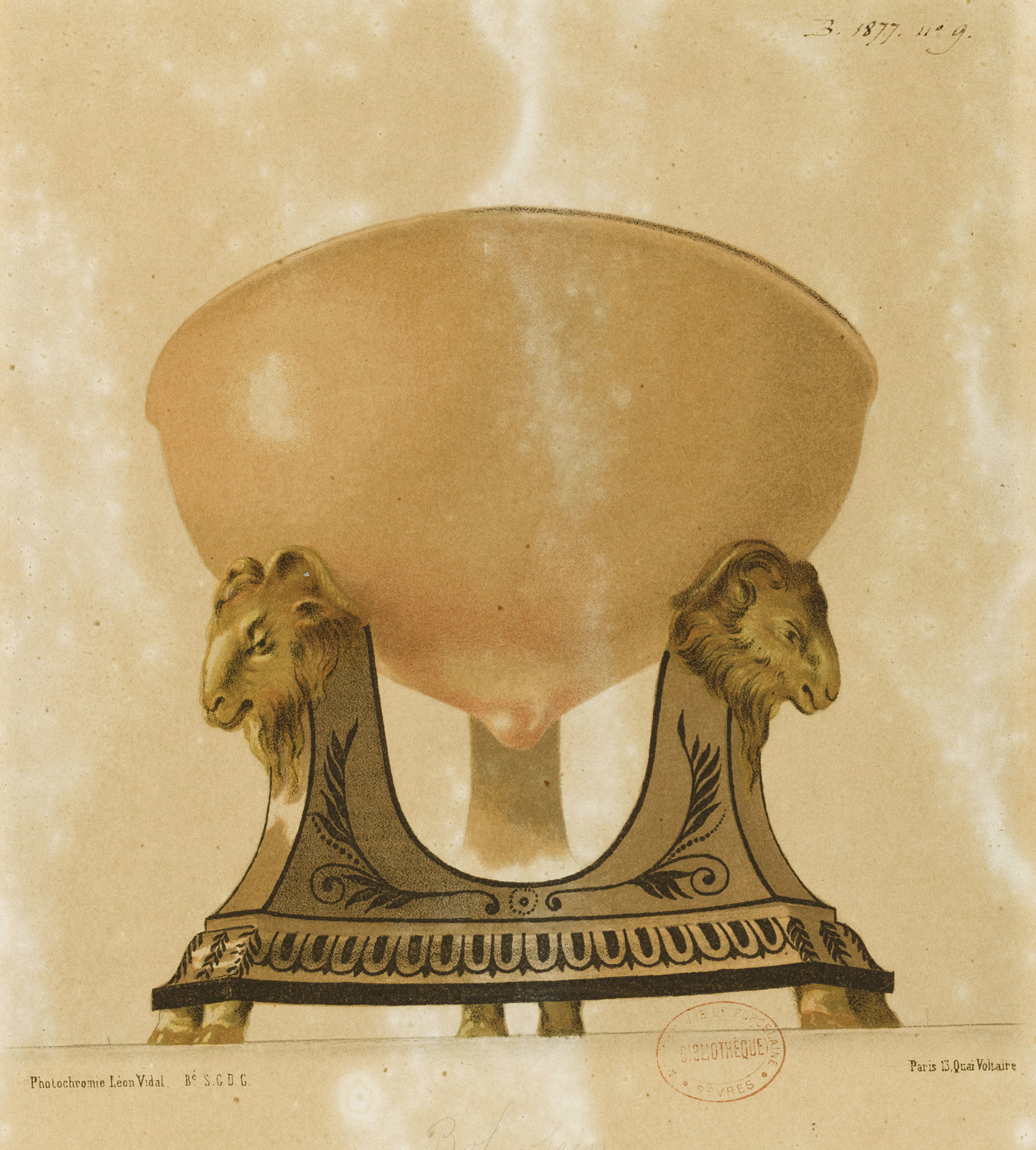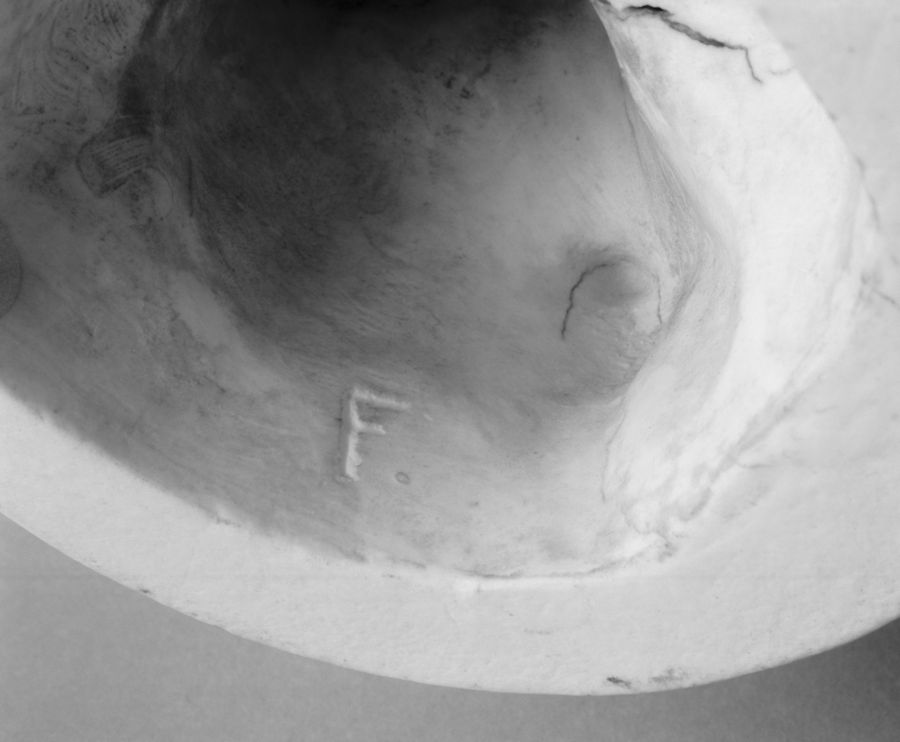Women
at
Sèvres
The Vincennes-Sèvres Manufactory has a long history of providing opportunities for skilled female artisans and artists. Before the twentieth century, women worked primarily in the decoration workshops. Women produced the flowers that became the Vincennes Manufactory’s first commercial success. Throughout the eighteenth century, female artisans were employed to sculpt the small flowers used to ornament many Sèvres pieces. During the nineteenth century, several female artists, including Marie Victoire Jaquotot (1772–1855) and Adélaïde Ducluzeau (1787–1849), became famous for their meticulous copies of paintings onto porcelain. Later in that century, women such as Suzanne Estelle Apoil (1825–1902) and Eléonore Escallier (1827–1888) created highly original decorations at Sèvres. During the Art Nouveau period, women including Jeanne Bogureau (worked at Sèvres, 1896–1913) and Gabrielle Rault (worked at Sèvres, 1896–1915) designed decorations and created original shapes. Building on these successes, Anne Marie Fontaine (1900–1938) designed Art Deco vase forms and decorations. As the twentieth century progressed, women created more models of sculptures, and their renown increased accordingly. Today, the Sèvres Manufactory employs about 120 artisans in 27 workshops, many of whom are women.
Women at Sèvres
The Vincennes-Sèvres Manufactory has a long history of providing opportunities for skilled female artisans and artists. Before the twentieth century, women worked primarily in the decoration workshops. Women produced the flowers that became the Vincennes Manufactory’s first commercial success. Throughout the eighteenth century, female artisans were employed to sculpt the small flowers used to ornament many Sèvres pieces. During the nineteenth century, several female artists, including Marie Victoire Jaquotot (1772–1855) and Adélaïde Ducluzeau (1787–1849), became famous for their meticulous copies of paintings onto porcelain. Later in that century, women such as Suzanne Estelle Apoil (1825–1902) and Eléonore Escallier (1827–1888) created highly original decorations at Sèvres. During the Art Nouveau period, women including Jeanne Bogureau (worked at Sèvres, 1896–1913) and Gabrielle Rault (worked at Sèvres, 1896–1915) designed decorations and created original shapes. Building on these successes, Anne Marie Fontaine (1900–1938) designed Art Deco vase forms and decorations. As the twentieth century progressed, women created more models of sculptures, and their renown increased accordingly. Today, the Sèvres Manufactory employs about 120 artisans in 27 workshops, many of whom are women.
The Vincennes-Sèvres Manufactory has a long history of providing opportunities for skilled female artisans and artists. Before the twentieth century, women worked primarily in the decoration workshops. Women produced the flowers that became the Vincennes Manufactory’s first commercial success. Throughout the eighteenth century, female artisans were employed to sculpt the small flowers used to ornament many Sèvres pieces. During the nineteenth century, several female artists, including Marie Victoire Jaquotot (1772–1855) and Adélaïde Ducluzeau (1787–1849), became famous for their meticulous copies of paintings onto porcelain. Later in that century, women such as Suzanne Estelle Apoil (1825–1902) and Eléonore Escallier (1827–1888) created highly original decorations at Sèvres. During the Art Nouveau period, women including Jeanne Bogureau (worked at Sèvres, 1896–1913) and Gabrielle Rault (worked at Sèvres, 1896–1915) designed decorations and created original shapes. Building on these successes, Anne Marie Fontaine (1900–1938) designed Art Deco vase forms and decorations. As the twentieth century progressed, women created more models of sculptures, and their renown increased accordingly. Today, the Sèvres Manufactory employs about 120 artisans in 27 workshops, many of whom are women.

Glazed and decorated soft-paste porcelain
Michelle Beiny, Inc., New York
Glazed and decorated soft-paste porcelain
Michelle Beiny, Inc., New York
Glazed and decorated porcelain
Manufacture et Musée nationaux, Sèvres, MNS 2011.D.64.1, .2
Glazed and decorated pâte nouvelle porcelain
MNS/Musée des beaux-arts et d’archéologie, Besançon, 2009.D.1038
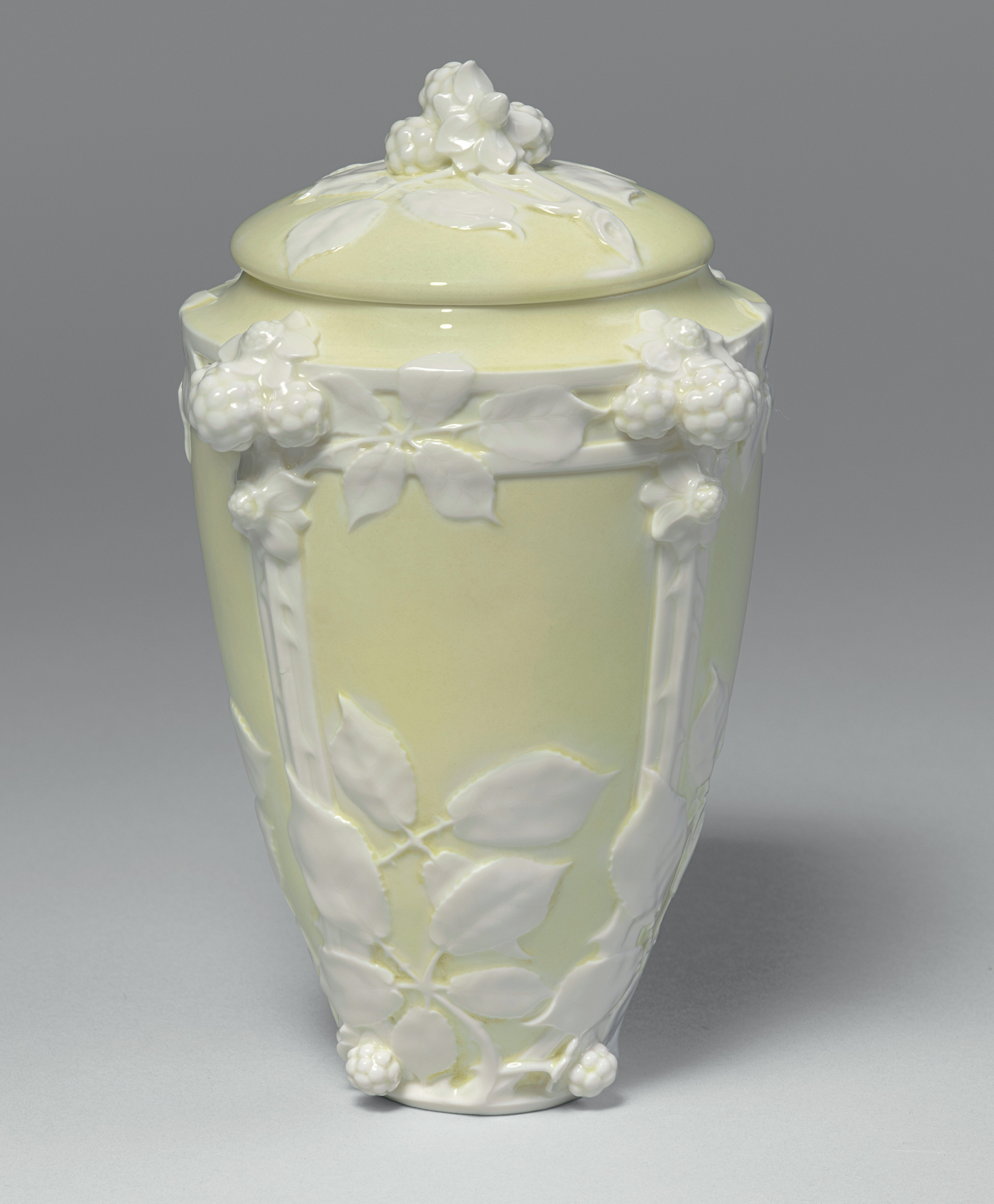
Glazed and decorated porcelain
Manufacture et Musée nationaux, Sèvres, MNS 2011.D.64.1, .2
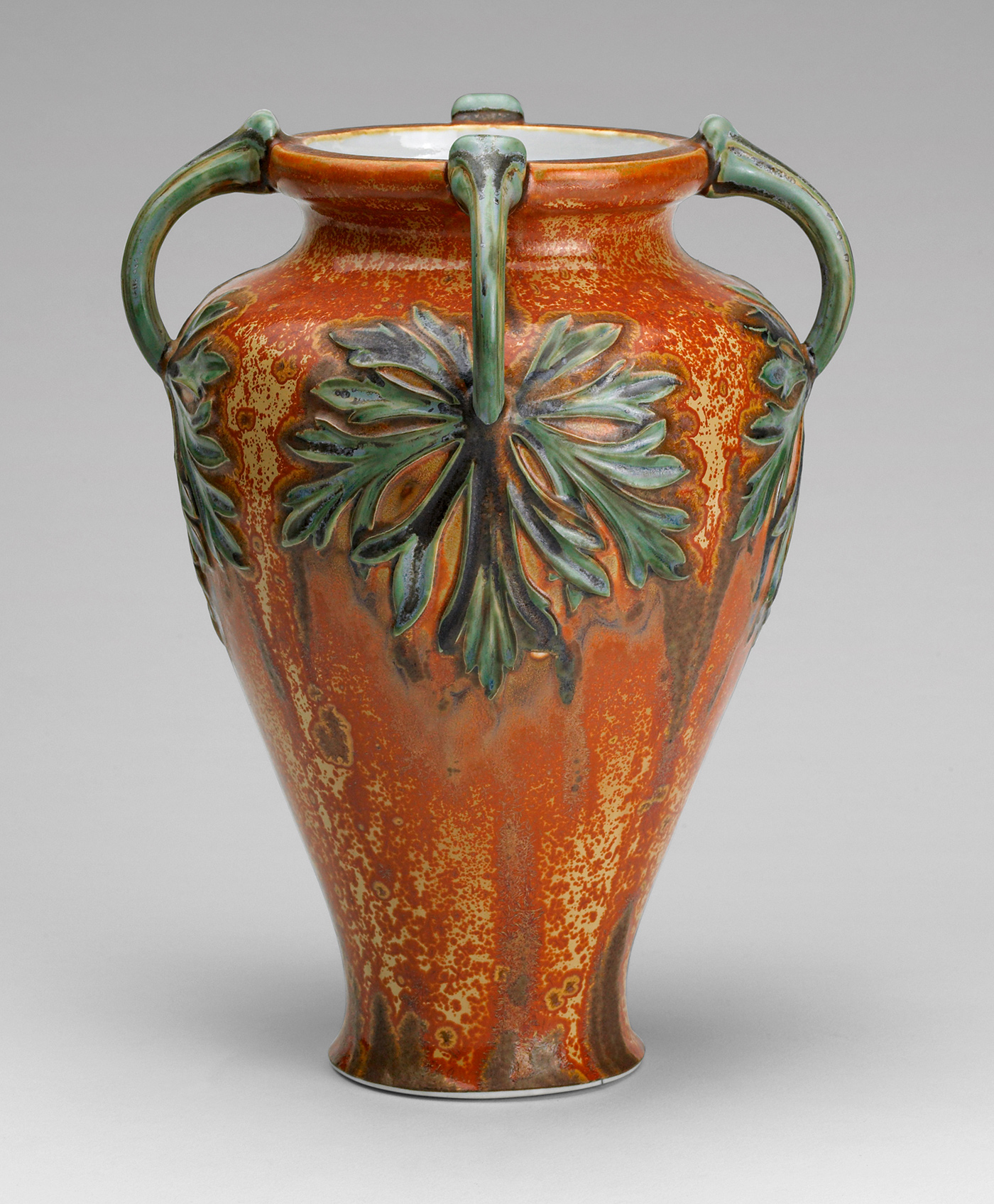
Glazed and decorated pâte nouvelle porcelain
MNS/Musée des beaux-arts et d’archéologie, Besançon, 2009.D.1038
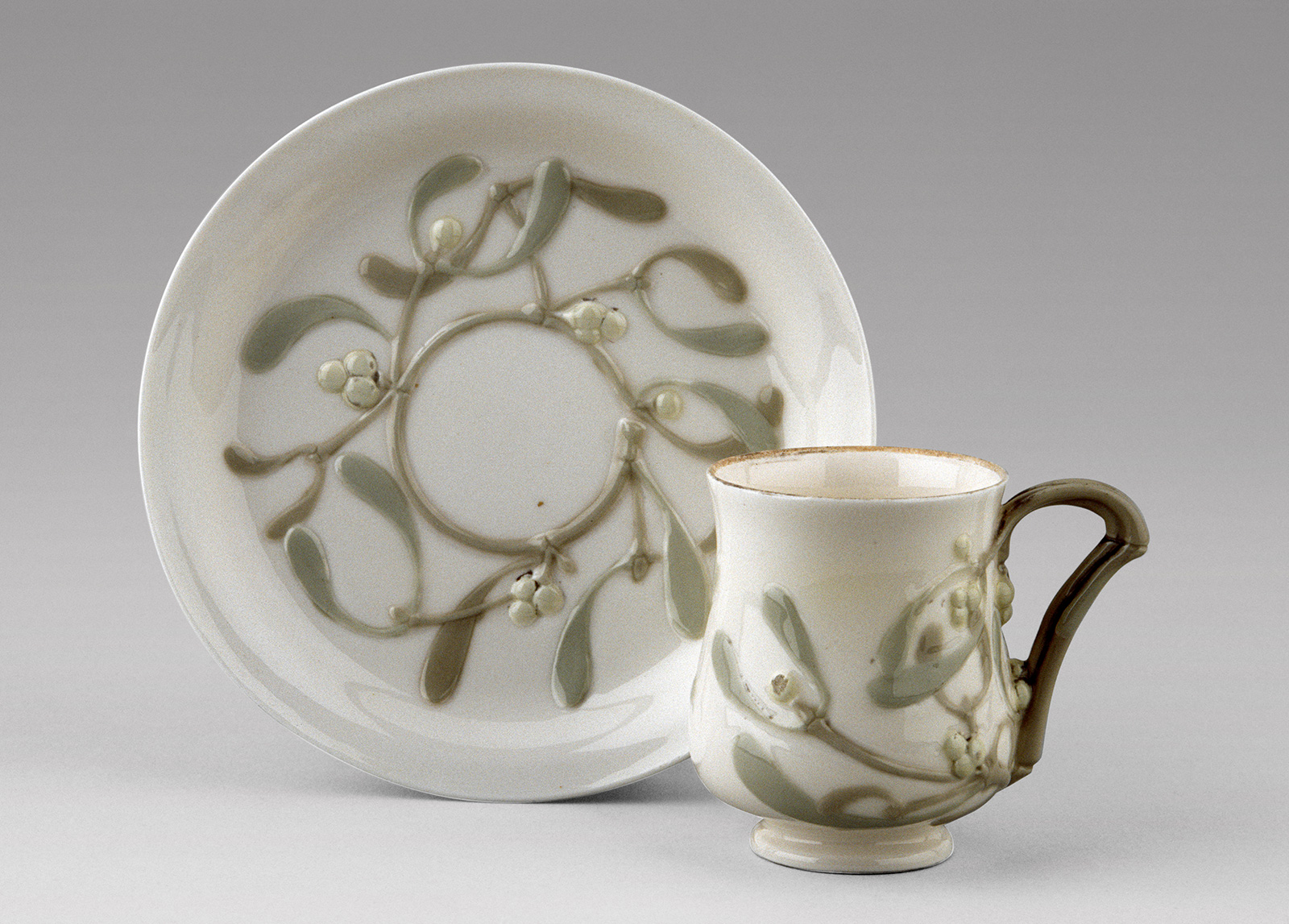
Glazed and decorated pâte nouvelle porcelain
MNS/Musée de Bourbon-Lancy, 2017.D.773.1-2
Glazed and decorated pâte nouvelle porcelain
MNS/Musée de Bourbon-Lancy, 2017.D.773.1-2




